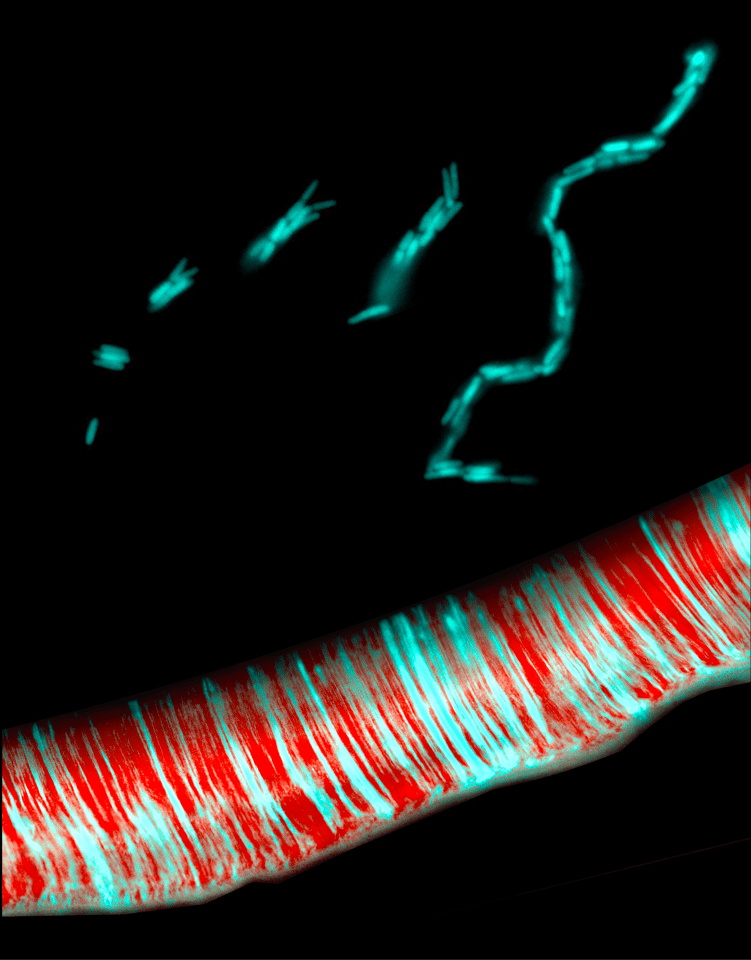E. coli is arguably the most well-studied organism on Earth, but scientists have now discovered a new behavior that’s almost never seen in bacteria. The normally single-celled organisms have shown signs of previously unknown multicellular phases.
E. coli is a regular resident of our intestines, where it’s mostly helpful, but once it gets out it can cause many types of infections, including UTIs, pneumonia, or food poisoning. Given its prevalence and potential hazards, E. coli has been studied in close detail over the centuries, to find ways to treat or prevent infection, as well as for genetic engineering.
“It’s probably the best studied and best understood organism on the planet,” said Kyle Allison, corresponding author of the new study. “And so, there’s a tendency among microbiologists, particularly in the last 20 years or so, to focus more on other microbes. We’ve identified some things that have never been seen before in bacteria.”
The most intriguing new find is that E. coli may not always be a unicellular organism. In tests in microfluidic devices with live cell imaging, the team found that, at times, individual bacteria would gather in groups of four to form rosettes, a cellular structure not usually seen in single-celled organisms but a key step during cell division of multicellular creatures.
“Rosettes are rather significant in higher organisms, like mammals, because they initiate developmental processes like embryogenesis,” said Allison.

Emory University
The E. coli rosettes were seen growing in chains, keeping their four-cell arrangement in each “link,” for as long as 10 generations. Parallel chains were found to form biofilms across a surface, which work to protect the community. This behavior had never been seen in E. coli before.
“What we’re seeing here is bacteria maybe are not what we’ve considered them to be in the past,” said Allison. “My suspicion is that what we found is far more common that we knew.”
Along with highlighting the fact that there’s always more to learn, even in well-studied species, the team says the finding could help inform future work in synthetic biology, treating bacterial infections, and possibly creating programmable biofilms for various purposes.
The research was published in the journal iScience.
Source: Georgia Tech
Source of Article